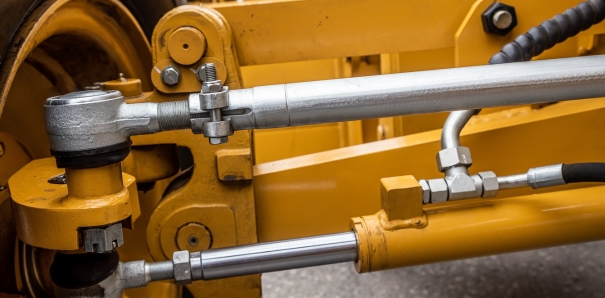
From the towering cranes at construction sites to the seamless movement of drawbridges and metro doors — hydraulic systems are the invisible force powering the world around us. While rarely acknowledged outside technical circles, hydraulics is the lifeblood of modern infrastructure, offering unmatched power density, efficiency, and precision control. This blog unpacks how these silent powerhouses are shaping today’s industrial and infrastructural landscapes, and why hydraulic technology remains indispensable for global progress.
Hydraulic systems operate based on Pascal's Law, enabling the transmission of force through incompressible fluids. This principle allows for the creation of hydraulic power units (HPUs), cylinders, valves, and motors that can lift, move, and press with precision and minimal energy loss. In infrastructure, hydraulics plays a vital role in bridges (like lift bridges and dam gates), tunnels (for boring machines), cranes, garbage compactors, and flood control systems.
Unlike electrical or pneumatic systems, hydraulics offers smoother motion control, the ability to handle extremely heavy loads, and higher reliability under harsh conditions. For example, hydraulic actuators provide seamless positioning in floodgates and hydroelectric turbines — making them the backbone of public safety and utility services.
Let’s explore how real projects rely on these technologies:
RAIS Trident Technologies, through its experience and product portfolio, is equipped to deliver such solutions globally — including custom hydraulic power packs, oil filtration units, and test rigs that are essential for these projects.
As infrastructure evolves to become more sustainable and digitally integrated, so do hydraulic systems. The future lies in electro-hydraulic hybrid systems, smart sensors, and remote-controlled actuators that provide real-time diagnostics and fail-safe operations. Moreover, as industries seek energy-efficient hydraulic solutions with predictive maintenance, manufacturers like RAIS Trident Technologies are rising to the challenge by providing modular, customizable, and export-ready systems that reduce downtime and enhance productivity across borders.
Hydraulic technology may be hidden from plain sight, but it is at the core of what keeps cities running, industries moving, and innovation progressing. From steel plants to smart bridges, the silent power of hydraulics is a story worth telling — and even more worth investing in.